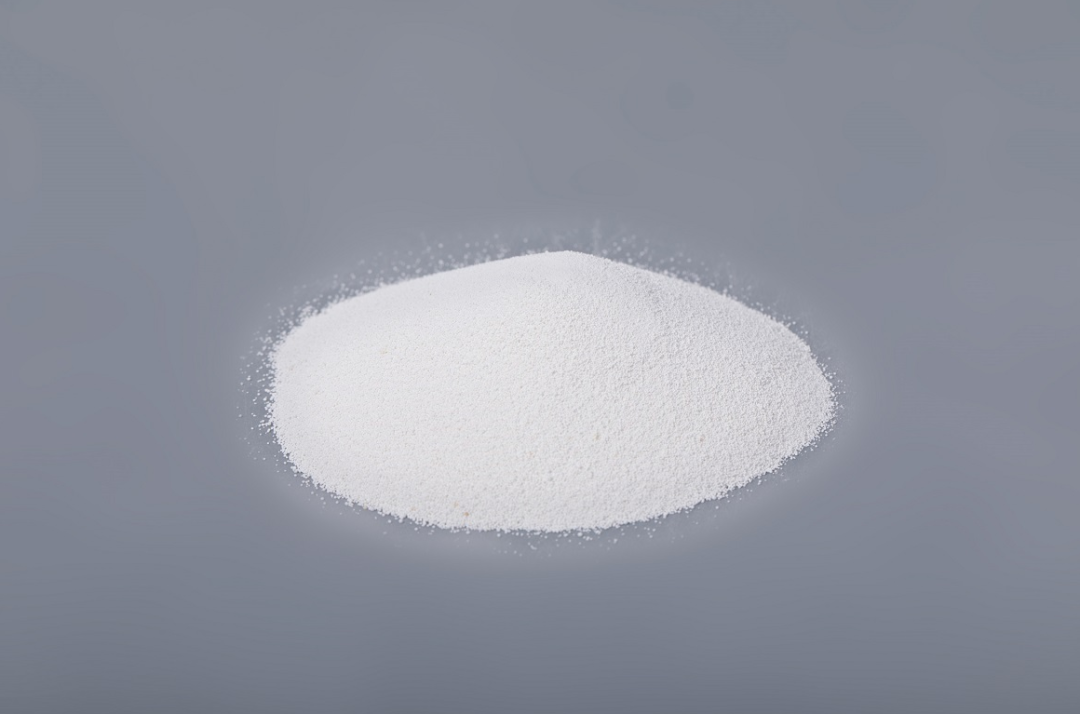1. Necessity of granulation technology
In the preparation process of advanced ceramics, the finer the particle size of the powder, the higher its surface activity, the better the sintering performance, and the lower the sintering temperature. However, fine powder has obvious defects in dry pressing: its fluidity is poor and it is difficult to fill it evenly in the mold, resulting in low density of the green body after molding, which in turn affects the density and mechanical properties of the sintered body. In order to solve this problem, granulation technology came into being. Through granulation, fine powder can be processed into agglomerates with a certain particle size, sphericity and fluidity, thereby significantly improving the molding and sintering properties of the powder.
2. Classification and characteristics of granulation technology
(I) General granulation method
General granulation method is the simplest granulation method. It directly adds plasticizer to the powder, and obtains agglomerates after mixing and sieving. The advantage of this method is that it is easy to operate and suitable for small-scale production. However, its disadvantages are also very obvious: the quality of the agglomerates is poor, the spheres are of different sizes and irregular shapes, and it is difficult to meet the requirements of high-precision molding. Therefore, the general granulation method is usually only used in occasions where the quality requirements of the powder are not high.
(II) Pressurized granulation method
The pressurized granulation method is a method of pressing the powder into shape by external force and then crushing it into granules. According to the different pressurization methods, the pressurized granulation method can be divided into dry pressing granulation and cold isostatic pressing granulation.
1. Dry pressing granulation
Dry pressing granulation is to pre-press the powder into shape through a mold, then roll it into shape, and finally crush it into granules. Its advantages are high granulation efficiency, low production cost, and low binder dosage, which reduces the pores and low density problems caused by binder residues during sintering. However, the disadvantage of dry pressing granulation is that the shape of the granules is difficult to control, usually not an ideal spherical shape, and the crushing process will generate noise and dust, which is not good for the health of operators and the environment.
2. Cold isostatic pressing granulation
Cold isostatic pressing granulation is similar to dry pressing granulation, but the powder is uniformly pressed into shape by a liquid medium in the cold isostatic pressing equipment, and then crushed and sieved. This method uses the characteristics of incompressibility and uniform pressure transmission of liquid media to make the powder uniform in all directions, thereby improving the density of the green body. However, cold isostatic pressing granulation also has environmental problems such as irregular shape of granules and crushing process.
(III) Spray granulation method
The spray granulation method is to mix the powder and plasticizer into slurry, atomize it through a sprayer and enter the granulation tower to form spherical particles with good fluidity. This process has a large output and is suitable for industrial production. It can effectively avoid slurry agglomeration or sedimentation, obtain particles with uniform particle size and good fluidity, and help improve the density and strength of the sintered body. The process of spray granulation includes slurry atomization, contact between droplets and hot gas, solvent evaporation to form particles, and separation of dry particles. Among them, the atomization and evaporation processes have the greatest impact on particle performance. For example, the spray granulation of silicon nitride ceramic powder usually adopts centrifugal or pressure equipment, and the sphericity and fluidity of the particles are improved by stirring granulation. However, the shape of the particles in spray granulation is not easy to control, and defects such as hollowness or surface pits may occur, and organic matter needs to be burned off to ensure sintering performance.
(IV) Freeze-drying method
Freeze-drying method is a special granulation method. It sprays metal salt solution into organic liquid to freeze, then sublimates and dehydrates at low temperature and low pressure, and finally obtains powder by thermal decomposition. The particles obtained by this method have uniform composition, good molding and sintering properties, but are not suitable for large-scale industrial production and are mainly used for laboratory granulation.
3. Application and Prospect of Granulation Technology
Different granulation technologies are suitable for different application scenarios. The general granulation method is suitable for small-scale production or occasions with low requirements for powder quality; the pressurized granulation method is suitable for production environments with high requirements for density and no strict requirements for the shape of the pellets; the spray granulation method is widely used in industrial production due to its high efficiency and high-quality particles, especially in the field of high requirements for sintered body performance; the freeze-drying method is mainly used in laboratory research to provide technical support for the development of new ceramic materials.
With the continuous development of advanced ceramic technology, the requirements for powder granulation technology are getting higher and higher. Future research directions may include developing new granulation equipment to improve the sphericity and uniformity of granules, optimizing the spray granulation process to reduce particle defects, and exploring more environmentally friendly and efficient granulation methods to reduce the impact on the environment.

Product Page
Click here to contact us!
